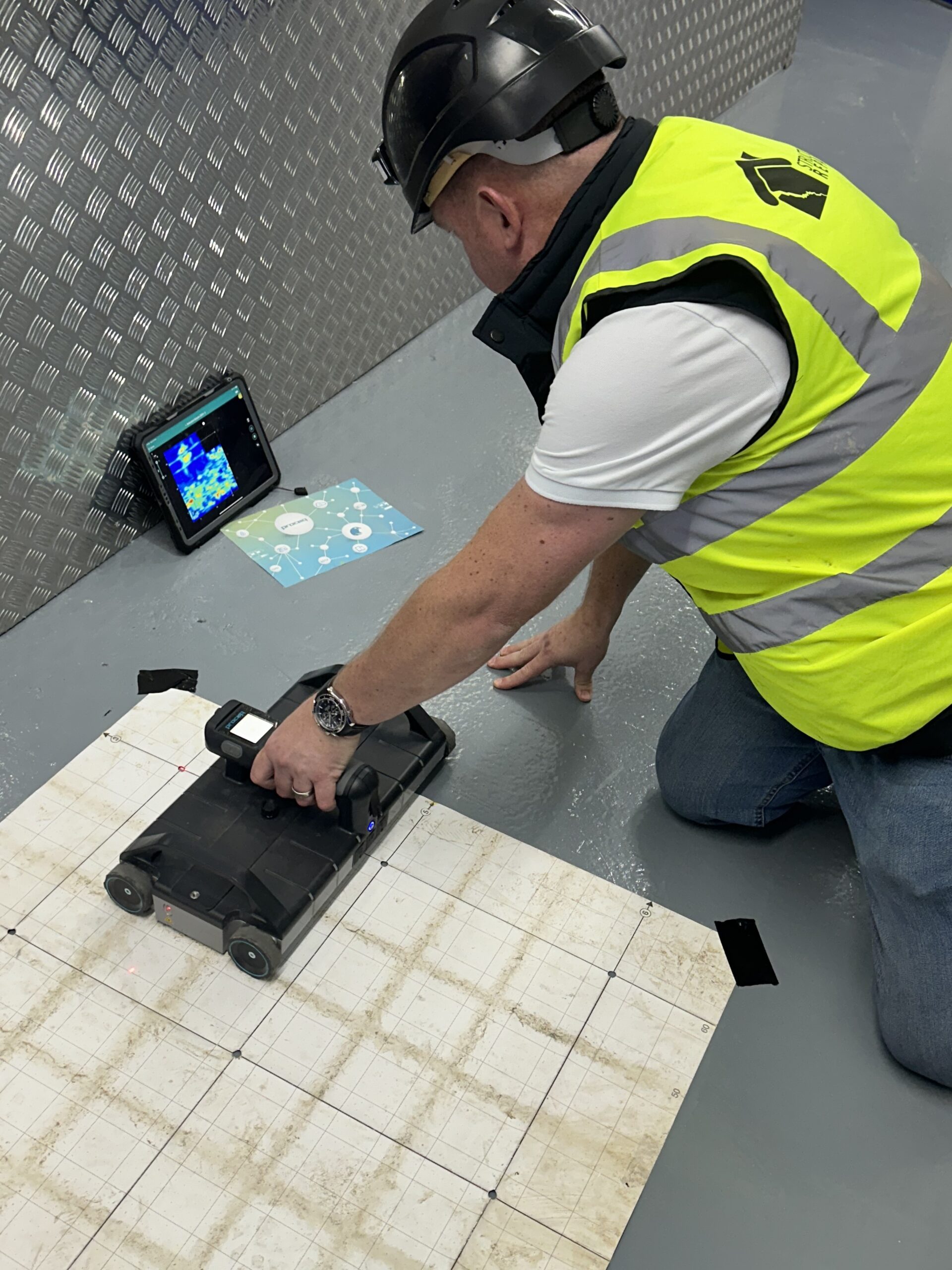Concrete Scanning: Your Shield Against Unforeseen Obstacles in Building Projects
By taking advantage of the power of innovative scanning methods, building and construction specialists can proactively identify hidden hazards underneath the surface, making sure a smoother and much more efficient job distribution. As we explore the importance of concrete scanning as a safety shield versus unanticipated barriers in building and construction tasks, a much deeper understanding of its applications and advantages arises, losing light on the transformative influence it can have on the sector as a whole.
Relevance of Concrete Scanning
Concrete scanning plays an important role in ensuring the safety and security and honesty of construction tasks. By utilizing sophisticated modern technologies such as ground-penetrating radar (GPR) and electro-magnetic induction, construction groups can properly locate rebar, post-tension cables, channels, and various other possible blockages within concrete structures. This procedure is essential for stopping pricey problems, ensuring structural security, and maintaining task timelines.
One of the key reasons that concrete scanning is so crucial is its ability to minimize risks throughout the construction phase. By recognizing concealed risks beneath the surface area, such as gaps or scrubby areas within the concrete, specialists can proactively attend to these issues prior to they escalate right into more substantial issues. This aggressive method not only improves worker safety yet also decreases the likelihood of building hold-ups and budget overruns.
Moreover, concrete scanning enables building teams to make enlightened decisions based upon precise data. By having a clear understanding of the subsurface conditions, task managers can plan excavation, drilling, or cutting activities extra effectively, lowering the capacity for unintentional damage to critical architectural aspects. Eventually, buying concrete scanning services is an aggressive step that can conserve building firms time, money, and online reputation in the lengthy run.
Advanced Technologies for Discovery

Another cutting-edge modern technology is Electromagnetic Induction (EMI), which spots metallic and non-metallic items underground by generating electro-magnetic fields. In Addition, Acoustic Pulse Echo (APE) technology uses audio waves to assess the condition of concrete structures and detect voids, delaminations, or fractures.
Furthermore, developments in infrared thermography have actually allowed the discovery of dampness infiltration and insulation spaces within concrete structures. This technology help in protecting against future wear and tear and ensuring the longevity of buildings. By integrating these sophisticated innovations into concrete scanning methods, construction projects can mitigate risks and enhance overall job outcomes.
Advantages of Proactive Scanning
Applying proactive scanning strategies in building and construction jobs enhances the early detection of possible subsurface barriers, leading to enhanced project efficiency and cost financial savings. By utilizing concrete scanning innovations such as ground-penetrating radar (GPR) and electro-magnetic induction, building groups can determine concealed hazards before they rise into pricey issues.
Additionally, aggressive scanning boosts safety on-site by minimizing the danger of unintended damage to below ground facilities or threats. By recognizing possible barriers early on, building crews can take safety nets to alleviate dangers and make certain a more secure working environment for all involved. Furthermore, by resolving subsurface challenges proactively, job timelines are much more likely to remain on track, avoiding expensive delays and rework. On the whole, the positive approach to concrete scanning not just saves time and cash however also improves the total top quality and success of building projects.

Enhancing Task Performance
To optimize building and construction task results, the positive scanning approaches utilized not just improve safety and security however also play an important role in these details boosting total project efficiency. By conducting extensive concrete scanning prior to starting any building and construction tasks, prospective challenges and threats under the surface can be determined and alleviated early on. This positive method lessens the chance of pricey hold-ups, revamp, and accidents, hence streamlining the job timeline and budget.
By preemptively resolving any below ground intricacies, the construction process can continue smoothly, with less disturbances and unexpected obstacles. Ultimately, the assimilation of concrete scanning right into building and construction tasks not just makes sure safety and conformity yet likewise enhances productivity and task efficiency.
Ensuring Security On-Site
Safety and security on construction sites is extremely important to the success of any task. Making certain safety and security on-site needs a comprehensive approach that entails positive measures to stop mishaps and reduce threats. Among the key elements of advertising safety and security is providing ample training to all personnel associated with the job. Training ought to cover proper handling of devices, adherence to safety methods, and emergency situation treatments. Regular security inspections and audits should additionally be conducted to identify prospective dangers and resolve them without delay.
Executing clear communication channels for reporting security worries is vital for creating a secure workplace. Encouraging a safety-first culture where employees feel empowered to talk up about prospective dangers can website here help stop crashes prior to they take place. Furthermore, supplying personal protective devices (PPE) and imposing its use is critical in protecting workers from harm.
Final Thought

By including these advanced innovations into concrete scanning practices, construction tasks can reduce risks additional hints and boost total job end results.

In final thought, concrete scanning plays a vital duty in construction jobs by spotting unpredicted challenges that could possibly hinder progress and compromise safety on-site. GPR Concrete Scanning Bellevue.